|
After our visit to Château Gaudet, our last stop of the day took us all the way up to the Saint Émilion escapement where Château de Ferrand sits grandly on the top. The château’s history dates back to the 17th century, and is one of the oldest estates in the appellation. Surprisingly, the estate has belonged to only two families during its 300-year history. Elie de Bétoulaud passed down the château to his descendant the Marquis de Mons and his heirs, and then the Bich family purchased the estate in 1978. The family famous for creating the Bic pen company – you can understand why the ‘h’ was dropped from the company name, right? After the purchase, the Bich family completely renovated and modernized the entire estate that covered the vat room, cellars and vineyards. During our visit, the château was undergoing another refurbishment. Nowadays, Pauline Bich Chandon-Moët and her husband Philippe Chandon-Moët manage the estates. Chandon-Moët probably sounds familiar since it is also the family that runs one of France’s biggest Champagne houses. The Merlot (75%), Cabernet Franc (15%) and Cabernet Sauvignon (10%) vines are planted at elevations ranging from 46m to 100m above sea level giving it one of the highest elevations in the appellation and a great view of the Dordogne valley. The 42-hectare estate benefits from cooler temperatures and better expose than the lowlands at the bottom of the slope. The vineyard soils well-drained with a high concentration of clay on a hard limestone bedrock. When I took my WSET3, there was only a little information about soils types in each region, so I always wanted to know more about soil. For the next part, I’m going to geek out on the two main soil types you can find in Saint Émilion, which are limestone and clay. Limestone is a type of rock that is made up of mostly seashells and a bit of sand and mud that were crushed together millions of years ago. Since there is a high level of calcium carbonate in limestone, it’s perfect for growing vines since the calcium can retain moisture when there are dry vintages so that the vines get enough water. Limestone also provides good drainage, which is especially important when there are wet, rainy years. As you know, great wines don’t come from wet soils. There are different types of limestone: chalk is the purest type while Astéries is the hardest type. Astéries was actually used to build many of the châteaux around Bordeaux because of its weight and density. Now you’re probably wondering where the clay soil comes from in the region. Over time, limestone breaks down due to its high pH and calcium and develops into clay. Clay is just degraded limestone, and this is why you can find both limestone and clay in the same terroir. Now, we’re going to get a little technical about clay. The key word to remember about clay is CEC, which is Cation Exchange Capacity. This is a type of soil feature that influences the soil’s ability to keep nutrients. If a soil has more clay in it, it has a higher CEC – a better ability to retain nutrients. Merlot thrives in clay-based soils, so it is perfectly suited to Saint Émilion. The clay acts like a sponge and soaks up water when it rains, and then it retains this water for the vines and replenishes them during dry periods along with the nutrients from the soil. When the clay dries out due to lack of water, it cracks and develops fissures. This allows the roots can burrow deep into the soil to find water. At the end of our tour, we finished up with tasting the wines from Château de Ferrand. My favorite was definitely the 2014 vintage since the fruit was fresh and juicy with red cherry, plum and blackberry on the nose and palate with some earthiness. The wine was well-structured and balanced, so it can keep for at least another 10-15 years in which it will evolve even more. The limestone terroir came through in the wine with its mineral character as well.
2 Comments
Château Guadet on the outskirts of Saint-Émilion was the next stop of the day. It’s a small estate of 5.5 hectares on the edge of the region’s limestone plateau with its Merlot (75%) and Cabernet Franc (25%) vines growing in clay and sand. Though small in size, its history like many other French chateaux is grandiose. The wine label is a history lesson in itself, which shows the image of Marguerite-Élie Guadet (1766-1794), and if you’ve been to Saint-Émilion, you may have even walked down the village’s main street with the same name. Guadet was a Bordeaux lawyer and also leader of the Girodin faction – these were your moderate bourgeois revolutionaries. They supported the abolishment of France’s feudal system and taking away some of King Louis XVI power, but they didn’t really want to overthrow the entire system. Despite his opposition to the eventual overthrow of the monarchy in August 1792, Guadet was still elected as a deputy to the National Convention – this assembly was tasked with the job to write a new constitution for the country. However, Guadet got into some trouble with his opposition to the extremists in the Jacobin Club, who promoted extreme egalitarianism through the use of violence. The radical democrats eventually kicked him out of the Convention after they overthrew the assembly. Guadet had to flee for his life, and hide in the tunnels below Saint Émilion, but was eventually found and then brought to Bordeaux where he lost his head to the guillotine. His head and name now adorns the label of Château Guadet. Now, if you’re thinking that the story of Château Gaudet is over, well that was just the beginning. Like wine, the story evolves a bit more. While we were in the barrel room, our guide, one of the staff at the winery, pointed out a painting looming over the room that had a blue-shirted man standing in a vineyard holding a bottle of wine. Just a few minutes later, the door to the barrel room opened up and sunshine streamed into the darkened room. A tall figure walked in, and when he stepped out of the shadows, it was the same man from the painting. It was Guy-Pétrus Lignac, great nephew of Marie Louise Loubat and the estate manager of Château Gaudet.
For those of you not familiar with the Pétrus name, it is a wine estate in Pomerol that is on the eastern border of the Saint Émilion appellation. The Merlot wines are among the most expensive wines in the world with a 750ml bottle selling for about $2600 USD. The Pétrus estate first came to fame in the 1940s when Loubat entered into a partnership with Jean-Pierre Moueix, a Libourne wine merchant, in 1945. The partnership allowed Loubat to focus on the quality of her wines while Moueix marketed them since he had acquired exclusive selling rights to them. The wines started to flow into the U.S. market, and gained even more prominence when they were served at the wedding of Princess Elizabeth and Prince Philip in 1947. Despite the growing success of Pétrus, tragedy hit the vineyards in 1956 after frost destroyed two-thirds of the vineyards. Rather than replant, Loubat went against tradition and decided to re-graft new vines on the rootstocks that did survive the frost. In this way, the average age of the vines remained high since older vines produce better fruit that the young ones. This was the first time for coppice, recépage in French, to be used on the Right Bank, and it has since then become a standard vineyard practice. After the death of Loubat in 1961 her niece and nephew inherited the estate, but a share of the vineyard was also left to Moueix, the Libourne wine merchant to serve as a tie-breaker if there were any disagreements about the estate and to maintain his influence. It was rumored that the niece and nephew fought over the estate with the niece representing the estate for a period of time before Lignac sold his shares to Moueix. Eventually, Moueix acquired all of the shares, and his family continues to run the estate until this day. Mr. Lignac only stayed long enough to greet each of us, before he went back into the shadows and out the door back into the sunshine. Just for a brief moment, we had a bit of Pétrus history with us before we went down into the winery's tunneled-cellars similar to the ones where Gaudet hid over two hundred years ago. |
Archives
November 2017
Categories
All
|

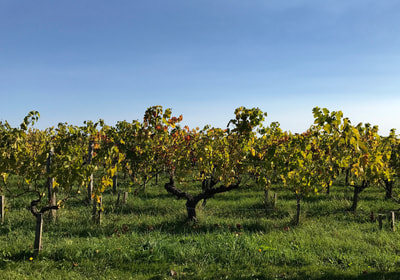
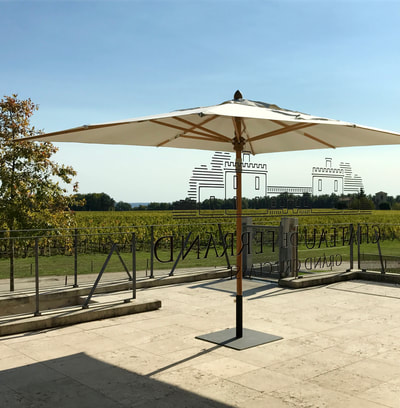
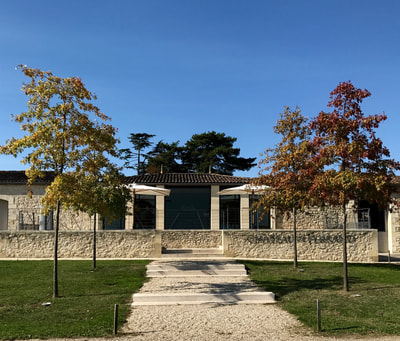
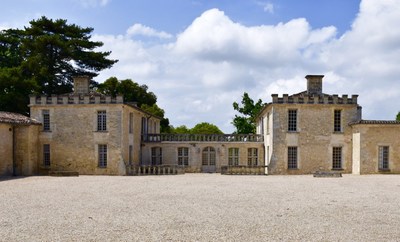
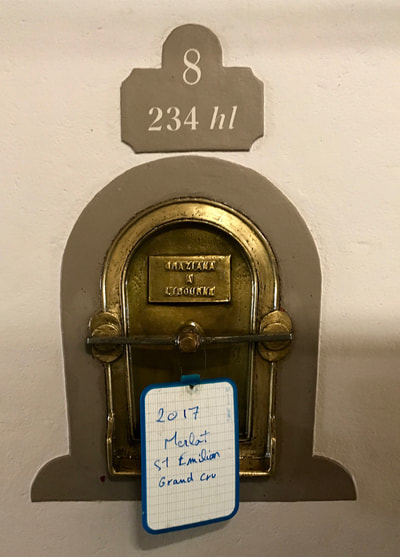
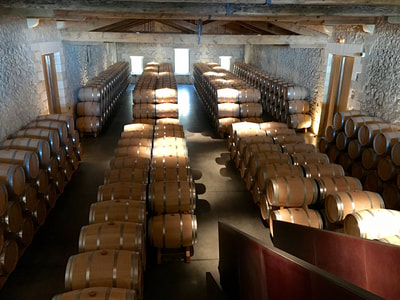
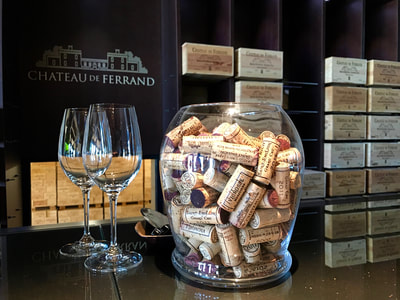
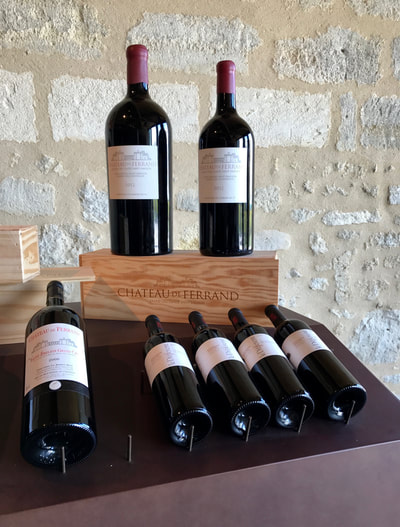
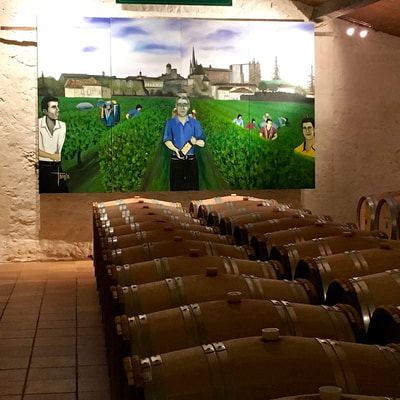
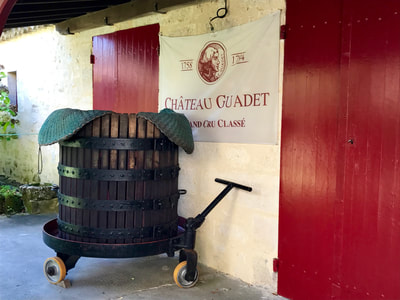
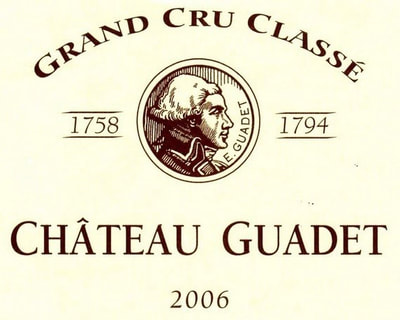
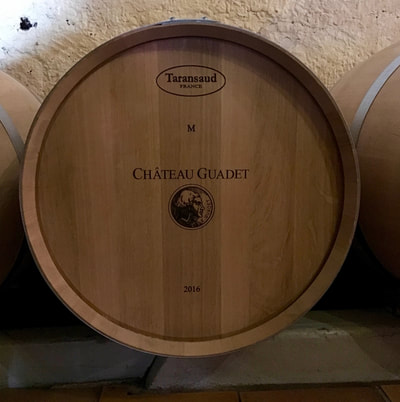
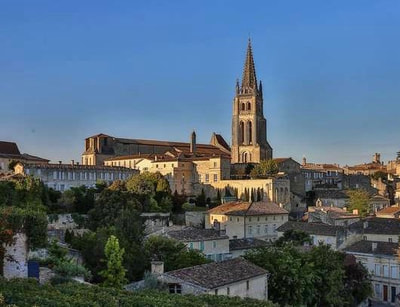
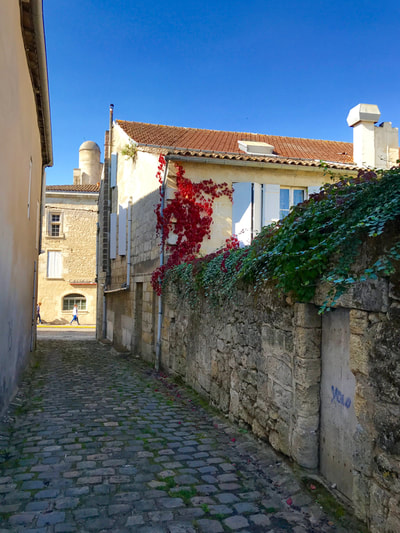
 RSS Feed
RSS Feed
